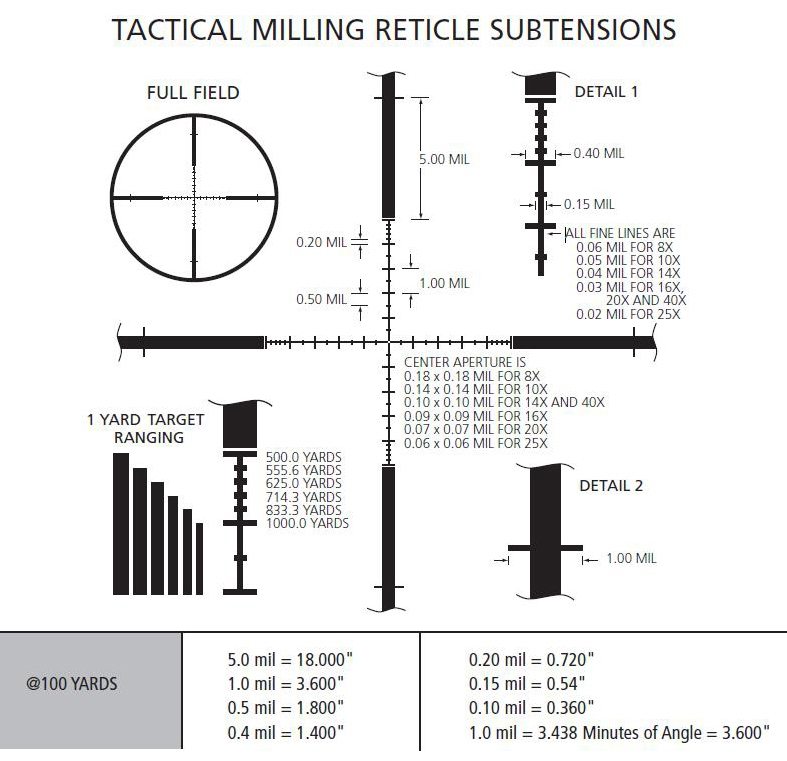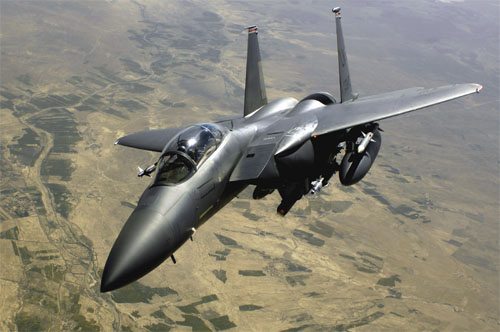United Press International,
WASHINGTON: The intense wave of killings and bombings that have swept Iraq this week comes as a shock awakening, or hangover, following the unrealistically high expectations and self-congratulations in the administration that surrounded the Dec. 15 parliamentary elections and their immediate aftermath.
The decision of the Sunni Muslim insurgents in central Iraq to largely restrain their forces during the election campaign and the voting period could easily be misconstrued as a weakening of will or loss of morale on their part. But, as was clear even at the time, it was no such thing. Like the Irish Republican Army of two decades ago, the insurgents had not forsaken the bullet for the ballot box. Instead, in the manner of sophisticated — and all too often, successful — insurgencies throughout the 20th century, they were following a sophisticated strategy of bullets and ballots.
Nor did the ballot box fail them. On the contrary, it was the failure of the dominant “5-5'5” Shiite coalition that now dominates Iraq with U.S. support, backed by its Kurdish allies in the north of the country, to seek to include the Sunnis in political power that played into the hands of the insurgents.
As Michael Eisenstadt of the Washington Institute for Near East Policy warned last year, the very success of the Dec. 15 elections now threatens to backfire by dramatically boosting the popularity and recruitment potential for the insurgents. Its outcome was like pouring gasoline on a burning fire. And this week the fire exploded.
Some 11 U.S. soldiers were killed in a single day in Iraq this week. That meant that in a single 24-hour period the encouraging incremental, but previously consistent, pattern of falling rates of U.S. military deaths in Iraq was dramatically reversed.
Even worse was the slaughter inflicted by two well-placed car bomb blasts. Only two days ago, in our regular weekly UPI Iraq Benchmarks analysis, we noted that the number of multiple bomb fatality (MFB) attacks and the casualties inflicted by them had fallen in December to their lowest level in almost half a year.
But it is now clear that those improvements did not reflect tactical success by U.S. and allied Iraqi forces in inflicting attrition on the insurgents and their capabilities. Nor did it stem from a weakening of support for the insurgents within their Sunni home base in central Iraq.
To Read Full Article Click Here









